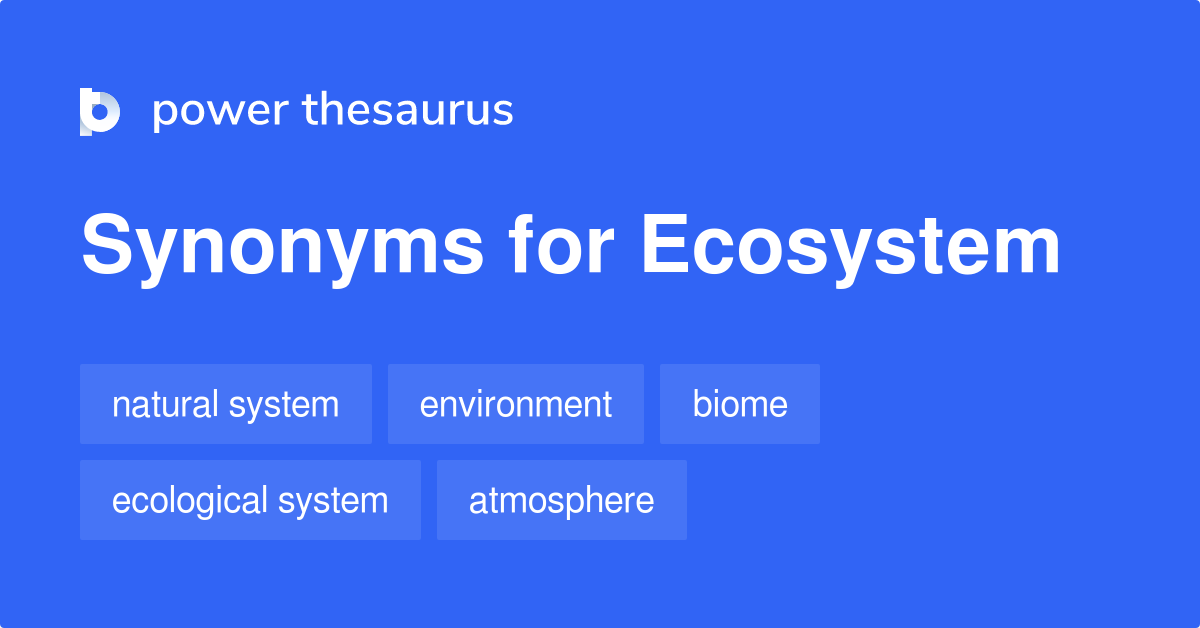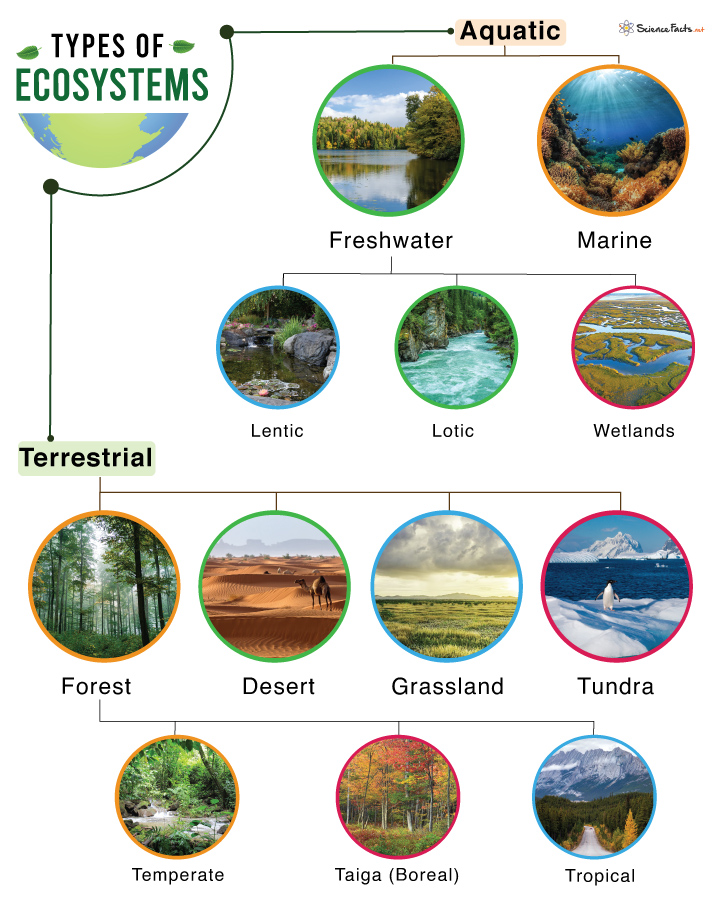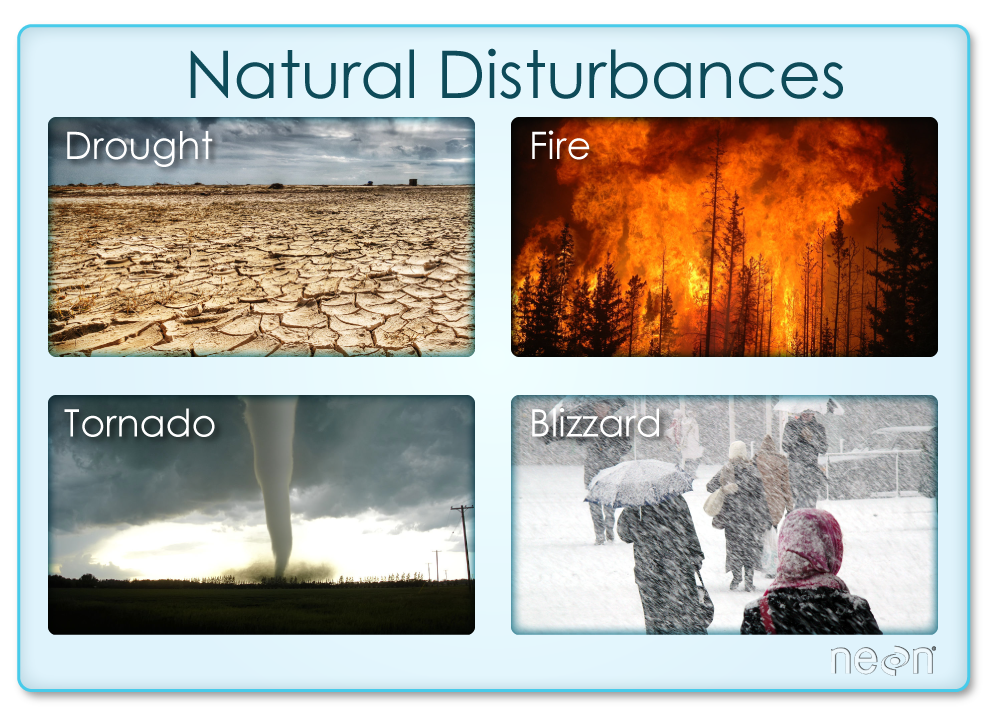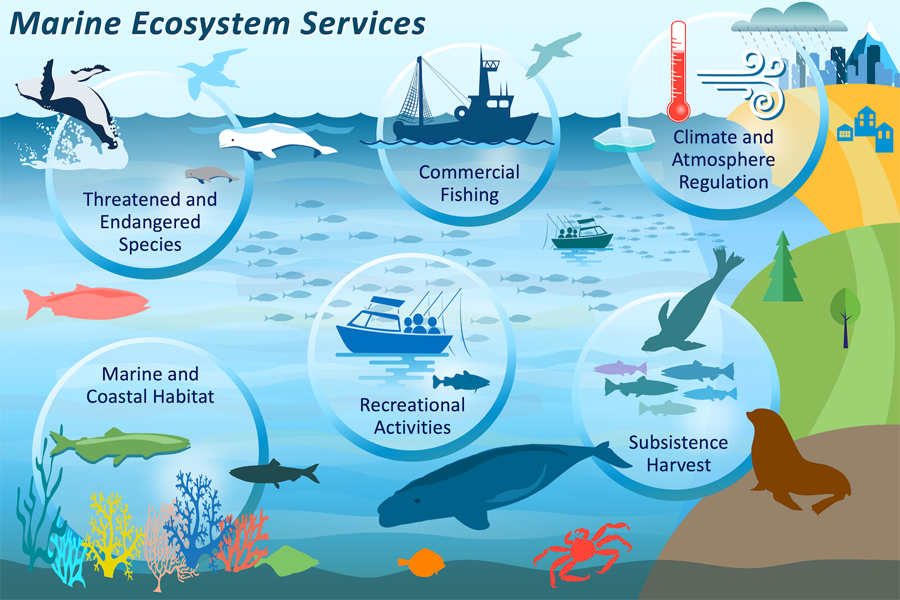Topic definition of a ecosystem in biology: Explore the essence of ecosystems in biology, a fascinating journey into the interconnectedness of life and the environment that sustains it.
Table of Content
- What is the definition of an ecosystem in biology?
- What is an Ecosystem?
- Components of an Ecosystem: Biotic and Abiotic Factors
- Types of Ecosystems: Terrestrial, Aquatic, and More
- The Role of Energy Flow and Nutrient Cycles in Ecosystems
- Ecosystem Dynamics: Succession and Stability
- YOUTUBE: What Is an Ecosystem?
- Human Impact on Ecosystems
- Conservation and Restoration of Ecosystems
- Case Studies: Examples of Ecosystems Around the World
- The Future of Ecosystems: Challenges and Opportunities
What is the definition of an ecosystem in biology?
An ecosystem in biology refers to a geographic area where various organisms, such as plants, animals, and microorganisms, interact with each other and with their physical environment. It involves the study of the complex relationships between living organisms and their surroundings, including both biotic (living) and abiotic (non-living) components.
Here\'s a detailed breakdown of the definition of an ecosystem:
- An ecosystem consists of a community of organisms that live in a particular area and interact with one another. This includes plants, animals, fungi, and microorganisms.
- The organisms within an ecosystem are not isolated but are interconnected through various ecological interactions, such as predation, competition, and symbiosis.
- Within an ecosystem, organisms are influenced by both biotic factors (living components) and abiotic factors (non-living components).
- The physical environment of an ecosystem comprises the abiotic factors, including temperature, humidity, sunlight, soil composition, and availability of water resources.
- An ecosystem has a certain level of organization, ranging from individual organisms to populations, communities, and ultimately, the ecosystem as a whole.
- Energy flows within an ecosystem through food chains and food webs, as organisms consume and transfer energy from one level to another.
- Cycling of nutrients also occurs in an ecosystem, whereby essential elements like carbon, nitrogen, and phosphorus are recycled and reused by different organisms.
- Environmental changes, such as natural disturbances or human activities, can impact the balance and stability of an ecosystem.
In summary, an ecosystem is a dynamic and interconnected system in which organisms interact with each other and their environment, playing vital roles in maintaining ecological balance and sustaining life.
READ MORE:
What is an Ecosystem?
An ecosystem is a dynamic complex of plant, animal, and microorganism communities and their non-living environment interacting as a functional unit. It"s where living organisms interact with each other and their surroundings to form a synergistic network of life. Ecosystems can vary in size from a small pond to the entire Earth.
- Biological Components: These include all the living organisms, such as plants, animals, and microorganisms, known as biotic factors.
- Physical Components: Non-living or abiotic factors such as water, air, soil, and minerals that support the living organisms.
- Energy Flow: The sun is the primary source of energy, which is captured by plants through photosynthesis, then transferred through the food chain.
- Nutrient Cycling: The recycling of nutrients from the environment through organisms and back into the environment.
Ecosystems are characterized by the way they function, the diversity of species they contain, and the ecological processes that maintain them. Understanding ecosystems is crucial for appreciating how life on Earth operates and the importance of conserving biodiversity.

Components of an Ecosystem: Biotic and Abiotic Factors
Ecosystems are intricate networks comprising living (biotic) and non-living (abiotic) components, each playing a vital role in sustaining life. These components interact in complex ways to maintain the balance and health of the ecosystem.
- Biotic Factors: These are the living parts of an ecosystem, including all organisms such as plants, animals, fungi, and bacteria. Each organism has a specific role, or niche, contributing to the ecosystem"s overall function and biodiversity.
- Abiotic Factors: These are the non-living parts of an ecosystem that influence the living organisms. Abiotic factors include sunlight, temperature, water, air, soil, and minerals. They determine the types of organisms that can survive and thrive in an ecosystem.
Interactions between biotic and abiotic components are fundamental to the ecosystem"s structure and operations. For example:
- Plants (biotic) use sunlight (abiotic) for photosynthesis, producing oxygen and food that support other life forms.
- Water (abiotic) is essential for all organisms, influencing their distribution and activities within the ecosystem.
- Soil quality (abiotic) affects plant health and the types of vegetation that can grow, impacting the entire food web.
Understanding these components and their interactions is crucial for studying ecosystems and their dynamics, highlighting the importance of each element in the web of life.
Types of Ecosystems: Terrestrial, Aquatic, and More
Ecosystems on Earth are diverse, ranging from vast terrestrial landscapes to expansive aquatic environments. Each type of ecosystem supports unique forms of life, adapted to their specific habitats. Understanding the different ecosystems is essential for appreciating the variety of life on our planet.
- Terrestrial Ecosystems: These are land-based ecosystems and include forests, grasslands, deserts, and tundra. Each terrestrial ecosystem is characterized by its climate, soil type, and the organisms that inhabit it. For example, forests are rich in biodiversity, including a wide variety of plants, animals, and microorganisms.
- Aquatic Ecosystems: Aquatic ecosystems cover water environments, such as oceans, lakes, rivers, and wetlands. These ecosystems are categorized into freshwater (lakes and rivers) and marine (oceans and estuaries) environments. Marine ecosystems are known for their saltwater habitats, while freshwater ecosystems are vital for freshwater species.
- Desert Ecosystems: Characterized by low precipitation, deserts can be hot or cold. Despite harsh conditions, deserts support a range of specially adapted plants and animals.
- Grassland Ecosystems: Dominated by grasses, these ecosystems can be found in regions where rainfall is moderate. Grasslands are important for supporting a variety of herbivores, as well as predators that feed on them.
- Tundra Ecosystems: Found in the coldest regions of the world, tundra ecosystems have short growing seasons and long winters. Life in tundra is adapted to extreme cold and includes mosses, lichens, and certain animals like reindeer and foxes.
Each ecosystem type is crucial for biodiversity, offering different habitats that support a wide array of life forms. Studying these ecosystems helps us understand the complexity of life on Earth and the importance of conserving these natural habitats.

The Role of Energy Flow and Nutrient Cycles in Ecosystems
The stability and productivity of ecosystems depend significantly on the flow of energy and cycling of nutrients. These processes are fundamental for the survival of organisms and the maintenance of environmental balance.
- Energy Flow: Energy enters an ecosystem through sunlight, which is harnessed by producers (primarily plants) through photosynthesis. This energy is then passed through the ecosystem via the food chain, from producers to consumers (herbivores, carnivores, and omnivores) and finally to decomposers. Energy flow is crucial because it drives the biological processes that sustain life within an ecosystem.
- Nutrient Cycles: Nutrients such as carbon, nitrogen, and phosphorus cycle through ecosystems, moving between the physical environment and organisms. These cycles involve processes like decomposition, which returns nutrients to the soil, and photosynthesis, which incorporates carbon dioxide into organic matter. Nutrient cycles ensure that essential elements are reused, supporting the ongoing productivity and health of ecosystems.
Together, energy flow and nutrient cycles form the backbone of ecosystem dynamics, influencing growth, reproduction, and the overall health of the ecosystem. They highlight the interconnectedness of all components within an ecosystem, emphasizing the importance of preserving these natural processes for the sustainability of life on Earth.
Ecosystem Dynamics: Succession and Stability
Ecosystem dynamics encompass the changes that occur in ecosystems over time, influenced by natural processes such as succession and factors contributing to the ecosystem"s stability.
- Ecological Succession: Succession is the gradual process by which ecosystems change and develop over time. It can be primary, beginning in a lifeless area where soil has not yet formed, or secondary, occurring in areas where an existing community has been removed by a disturbance. Succession leads to changes in the structure and species composition of the ecosystem until it reaches a stable climax community.
- Stability and Resilience: An ecosystem"s stability refers to its ability to maintain its structure and functions despite disturbances. Resilience is an ecosystem"s capacity to recover from disturbances, such as natural disasters, human activities, or changes in climate. Both stability and resilience are crucial for the long-term sustainability of ecosystems, allowing them to adapt and survive in the face of changes.
Understanding ecosystem dynamics is vital for conservation efforts, as it helps predict how ecosystems will respond to environmental changes and human impacts. By studying succession and stability, ecologists can better manage and protect ecosystems, ensuring their health and diversity for future generations.

What Is an Ecosystem?
Discover the intricate balance of life in an ecosystem, where plants, animals, and the environment form a harmonious web of interdependence. Witness the incredible diversity and resilience of nature in this eye-opening video!
What Is an Ecosystem? - GCSE Biology (9-1) - 9.1
Dive into the fascinating world of GCSE Biology and unlock the secrets of ecosystems. Learn how these complex systems work, and gain a deeper understanding of the natural world with this comprehensive video tailored specifically for GCSE Biology students.
Human Impact on Ecosystems
Human activities have profound effects on ecosystems around the world, altering their balance, health, and diversity. Understanding these impacts is crucial for developing strategies to mitigate negative effects and promote sustainability.
- Pollution: Air, water, and soil pollution from industrial, agricultural, and urban sources introduces harmful substances into ecosystems, affecting the health of living organisms and degrading environmental quality.
- Deforestation: The removal of forests for agriculture, logging, and urban development reduces biodiversity, disrupts carbon and water cycles, and contributes to climate change.
- Climate Change: Human-induced climate change, primarily through the emission of greenhouse gases, affects ecosystems by altering temperature and precipitation patterns, leading to habitat loss and species extinction.
- Overexploitation: Overfishing, hunting, and harvesting at rates faster than natural regeneration lead to the depletion of species and loss of biodiversity.
- Land Use Change: Converting natural habitats into agricultural or urban areas decreases habitat availability for native species and disrupts ecological processes.
Addressing human impact on ecosystems involves adopting sustainable practices, conserving natural habitats, and restoring damaged ecosystems. By recognizing the interconnectedness of human and ecological health, we can work towards a more sustainable and resilient future for all life on Earth.
Conservation and Restoration of Ecosystems
The conservation and restoration of ecosystems are vital for maintaining biodiversity, ensuring ecosystem services, and combating climate change. These efforts require coordinated actions and sustainable practices to protect natural habitats and rehabilitate degraded areas.
- Conservation Strategies: This includes establishing protected areas such as national parks and wildlife reserves, implementing sustainable resource management practices, and enforcing laws to protect endangered species and habitats.
- Restoration Initiatives: Restoration projects aim to return degraded ecosystems to their original state. Techniques include reforestation, wetland restoration, and reintroducing native species. Restoration helps to regain ecological functionality and enhance biodiversity.
- Community Involvement: Engaging local communities in conservation and restoration efforts is crucial for success. Education and awareness programs can foster a sense of stewardship and encourage sustainable practices at the local level.
- Climate Change Mitigation: Conservation and restoration play a key role in mitigating climate change by sequestering carbon, protecting carbon-rich ecosystems like forests and peatlands, and reducing greenhouse gas emissions.
By prioritizing conservation and restoration, we can preserve the planet"s biodiversity, ensure the provision of essential ecosystem services, and build resilience against the impacts of climate change. These actions are crucial for the health of the planet and the well-being of current and future generations.

Case Studies: Examples of Ecosystems Around the World
Examining ecosystems around the world provides invaluable insights into biodiversity, ecological processes, and the impacts of human activities. These case studies highlight the diversity and complexity of ecosystems across different environments.
- Amazon Rainforest, South America: Known as the "lungs of the Earth," this vast tropical rainforest is home to the richest biodiversity on the planet, playing a crucial role in global carbon dioxide absorption and oxygen production.
- Great Barrier Reef, Australia: The world"s largest coral reef system, featuring an extraordinary diversity of marine life. It demonstrates the delicate balance of marine ecosystems and the threats they face from climate change and human activities.
- Serengeti Plains, Africa: Famous for its annual wildebeest migration, the Serengeti is a prime example of a grassland ecosystem, showcasing complex predator-prey relationships and the importance of conservation efforts.
- Arctic Tundra, Northern Hemisphere: Characterized by cold temperatures, permafrost, and minimal vegetation, the Arctic Tundra supports unique species adapted to extreme conditions and is sensitive to the effects of climate change.
- Sundarbans Mangrove Forest, Asia: Located at the delta of the Ganges, Brahmaputra, and Meghna rivers, it"s the largest mangrove forest in the world, crucial for protecting coastal regions from erosion and supporting diverse wildlife.
These case studies underscore the importance of understanding and preserving ecosystems. They illustrate the beauty and complexity of our natural world, the challenges faced by ecosystems, and the global efforts required to protect them.
READ MORE:
The Future of Ecosystems: Challenges and Opportunities
The future of the world"s ecosystems faces both significant challenges and opportunities for positive change. Addressing these challenges requires concerted global efforts to ensure the health and resilience of ecosystems for future generations.
- Climate Change: One of the most pressing challenges, climate change threatens ecosystems through rising temperatures, changing precipitation patterns, and more frequent extreme weather events. Mitigating its impacts involves reducing greenhouse gas emissions and implementing adaptation strategies.
- Biodiversity Loss: The current rate of biodiversity loss is alarming, driven by habitat destruction, pollution, overexploitation, and invasive species. Conservation and restoration efforts are vital to halt and reverse this trend.
- Pollution: Pollution in its many forms continues to degrade ecosystems. Reducing pollution requires improving waste management, reducing plastic use, and controlling industrial emissions.
- Sustainable Development: Balancing human needs with the preservation of ecosystems is essential for sustainable development. This involves promoting eco-friendly practices, renewable energy, and sustainable agriculture and fisheries.
- Technological Advances: Technology offers new opportunities for monitoring and protecting ecosystems, from satellite imaging for deforestation monitoring to biotechnology for conserving genetic diversity.
The future of ecosystems depends on our ability to understand their complexities, value their services, and commit to sustainable practices. Through education, innovation, and global cooperation, we can overcome challenges and seize opportunities to ensure a healthy planet for all species.
Embracing the intricacies of ecosystems unlocks a deeper appreciation for nature"s balance. By safeguarding this balance, we ensure a thriving planet for future generations, highlighting the beauty and resilience of life on Earth.











